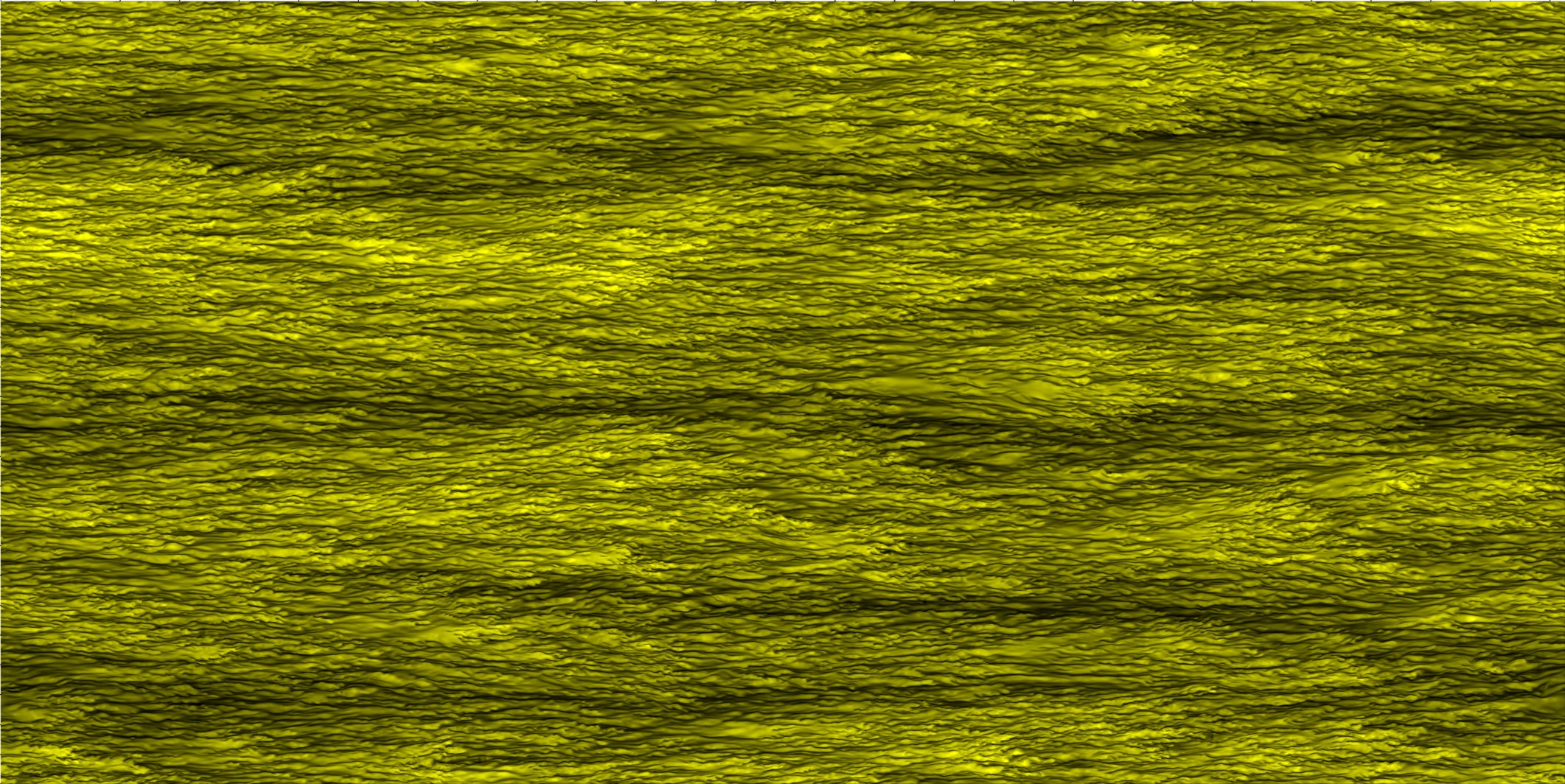Exploring innovative solutions through collaborative research initiatives and cutting-edge projects.
My research portfolio encompasses several funded projects focussed on turbulence modelling, flow control, and machine learning applications in fluid dynamics. These initiatives range from fundamental research on wall-bounded turbulence to applied studies of heat transfer enhancement in engineering systems.
Through strategic collaborations with academic institutions and industry partners, these projects aim to deepen our understanding of complex flow phenomena and develop innovative methodologies for flow prediction and control.

utilising advanced AI techniques to extract patterns and build predictive models from complex flow data.
Developing low-dimensional representations of complex flow systems for efficient prediction and control.
Designing and implementing strategies to manipulate fluid flows for desired outcomes.
Conducting detailed numerical simulations to study complex flow phenomena.
An interactive overview of ongoing research initiatives and their timeframes
Click on a project bar to navigate to its detailed description.

The INFERENCE project aims to deepen our understanding of wall-bounded turbulence at high Reynolds numbers, focusing on the effects of external flow structures on wall shear stress and heat transfer. This objective will be achieved by combining numerical simulations with data-driven methods in a unique way.
Elucidate how momentum mixing generated by near-wall structures drives drag and heat transfer.
Develop an improved model capable of predicting the effect of large-scale structures on near-wall turbulence and momentum mixing.
Define an estimator of wall flux fluctuations from external flow sensors.
Gain a deep understanding of the effects of large-scale structures on actively controlled near-wall turbulence and model these effects.
The project tackles three main research questions:
The project employs advanced machine learning techniques, including auto-encoders for scale separation and symbolic regression for predictive modelling. These techniques are combined with physical understanding to develop accurate and interpretable models of wall-bounded turbulence.
By deepening our fundamental understanding of wall turbulence at high Reynolds numbers and providing improved predictive models, INFERENCE will enable the development of more effective flow control strategies for reducing drag and enhancing heat transfer. This will directly impact the efficiency and environmental footprint of numerous industrial applications (transportation, pipelines, heat exchangers).
The results could lead to substantial energy savings and emissions reductions, contributing to sustainable development goals and cost-effective energy transfer. Additionally, the scientific advances and modelling approaches developed will enrich turbulence research and inspire new avenues in fluid dynamics and applied mathematics.
The project supports one PhD student and a postdoctoral researcher for 2 years, enabling comprehensive investigation of the research questions and development of innovative methodologies.

In the context of energy transition, the SOLAIRE project aims to improve the efficiency of concentrated solar power (CSP) plants by focusing on heat transfer optimisation in the solar receiver. This key element, considered the "heart of the CSP," absorbs concentrated solar energy and transfers it to the working fluid. The goal is to significantly increase heat exchange while minimizing drag penalty through active control of near-wall turbulence.
Deepen understanding of mechanisms by which near-wall coherent structures (streaks) influence momentum and heat exchange in turbulent boundary layers.
Design and optimize a control strategy based on rapid oscillatory motion of the circumferential wall, adapted to CSP receiver operating conditions (air at 1000K).
Experimentally and numerically characterize heat transfer gains and any associated drag penalties of the proposed control.
Evaluate the potential for integrating this technology into industrial CSP plants and its impact on their overall efficiency.
As part of this project, we are supervising PhD student Lou Guerin, who is investigating the impact of wall oscillations on heat transfer. The research is organized in two parts:
The first part focuses on studying the well-known case of maximum drag reduction and its effects on heat transfer. As expected, heat transfer is reduced by the same amount as drag, preserving the Reynolds analogy. A limited parametric study was then conducted to identify parameters causing drag increase and study their impact on heat transfer.
Results show that heat transfer increases with friction, but more markedly, invalidating the Reynolds analogy. Although the forcing causes drag increase, contrary to expectations, the amplitude of near-wall small scales decreases. However, their nature is modified such that vertical movements are better correlated, meaning velocity and temperature perturbations are transported over a greater boundary layer thickness, thus promoting mixing.
The second part focuses on finding optimal parameters through deep reinforcement learning methods. The first step involved coupling simulation codes with machine learning algorithms guided by observations from previous studies. Results confirm the effectiveness of this approach for finding optimal control parameters.
These studies have led to two conference presentations and a paper under revision in IJHFF, with reviewers favorable to publication subject to minor corrections. Ongoing studies are expected to quickly lead to additional publications.
By revealing new strategies to optimize heat transfer with minimal impact on drag, the SOLAIRE project could significantly contribute to the development of more efficient and cost-effective concentrated solar power plants. Eventually, the advances obtained should promote the growth of this clean and renewable energy sector, thereby contributing to the fight against climate change by reducing greenhouse gas emissions.
Moreover, the fundamental knowledge acquired on wall turbulence and its control will enrich fluid mechanics research, with potential spillovers for other applications involving intensified heat transfer (heat exchangers, electronic cooling systems, etc.).

The main objective of the MUFDD project is to develop reduced-order models (ROMs) of urban canopy flow that are both derived from and driven by data. This will be achieved by combining data-based model identification techniques and data assimilation methods. These ROMs will provide an attractive alternative to classical numerical methods that are too computationally expensive for operational purposes.
The project addresses the following scientific challenges:
The associated technical challenges include:
The tasks assigned to the Pprime laboratory involve developing methods to build estimators and reduced-order models from simulation and experimental data. To this end, a postdoctoral researcher was recruited approximately six months ago.
Our specific contributions focus on:
By providing valuable tools to study urban micro-climatology, assess unsteady street ventilation, and address issues related to accidental exposure, the MUFDD project is clearly capable of addressing research challenges covered by research axis H18 "Urban societies, territories, constructions and mobility."
In the longer term, the derived methods can be extended and adapted to more complex geometric configurations. The developed models will be disseminated to the academic community to be subsequently integrated into current operational urban forecast models.
This collaborative research program with IUSTI and Safran Aircraft Engines aims to explore the effectiveness of near-wall turbulence control using optimized active devices. These devices are designed to generate significant sinuous longitudinal vortices by exploiting secondary flow instabilities that naturally occur on concave surfaces. The characteristics of these vortices will be adjusted using plasma actuators, with the primary goal of maximizing heat transfer capacity while minimizing the associated drag penalty.
The fundamental challenge facing heat exchanger design in engines is the need to accommodate a wide range of operating conditions. This includes rare extreme ambient temperature events, such as the "extremely hot day" specification. Although these events typically occur less than five times during an aircraft engine's lifespan, they nonetheless dictate the heat exchanger's size. The resulting oversized system will have excessive thermal margin under typical conditions, with associated increases in weight and pressure loss, resulting in specific consumption and fuel consumption penalties.
The key innovation of this project lies in exploiting flow instabilities to generate large longitudinal vortices with very small disturbances. The advantages are:
The project focuses on flow over a concave wall, where the wall curvature induces centrifugal forces leading to secondary flow instabilities, i.e., the formation of coherent flow vortices known as Görtler vortices. The primary goal is to understand the effect of these structures on heat transfer in a turbulent wall flow. Subsequently, a control law will be designed using plasma actuators to provide an optimal control strategy that maximizes heat transfer with minimal drag penalty.
The project is built on numerical simulations and experiments supported by machine learning (ML) techniques in an integrated manner. The ML algorithms include dimensionality reduction, low-dimensional dynamic modelling, and optimal control law design, organized in 4 distinct steps:
A "SOLEAU Envelope" describing the active control concept has been filed with the National Institute of Intellectual Property with the content of documents identified in invention declaration No. B-029741. This filing was made on 01/23/2024 under No. DSO2024001272.
By building a sufficient fundamental understanding of active control of near-wall turbulence in heated boundary layers, this project has the potential to enable the rational design of effective control systems for improving heat exchangers at relatively high Reynolds numbers, taking into account compressibility effects.
The ultimate goal is to develop adaptive control strategies that dynamically enhance heat transfers in response to external conditions, with an aim to optimize the efficiency of thermal exchanges. This approach will generate a 'boost in the heat exchange coefficient' to accommodate extreme scenarios within the operational range, potentially leading to significant improvements in the energy efficiency of heat exchangers in various industrial applications.